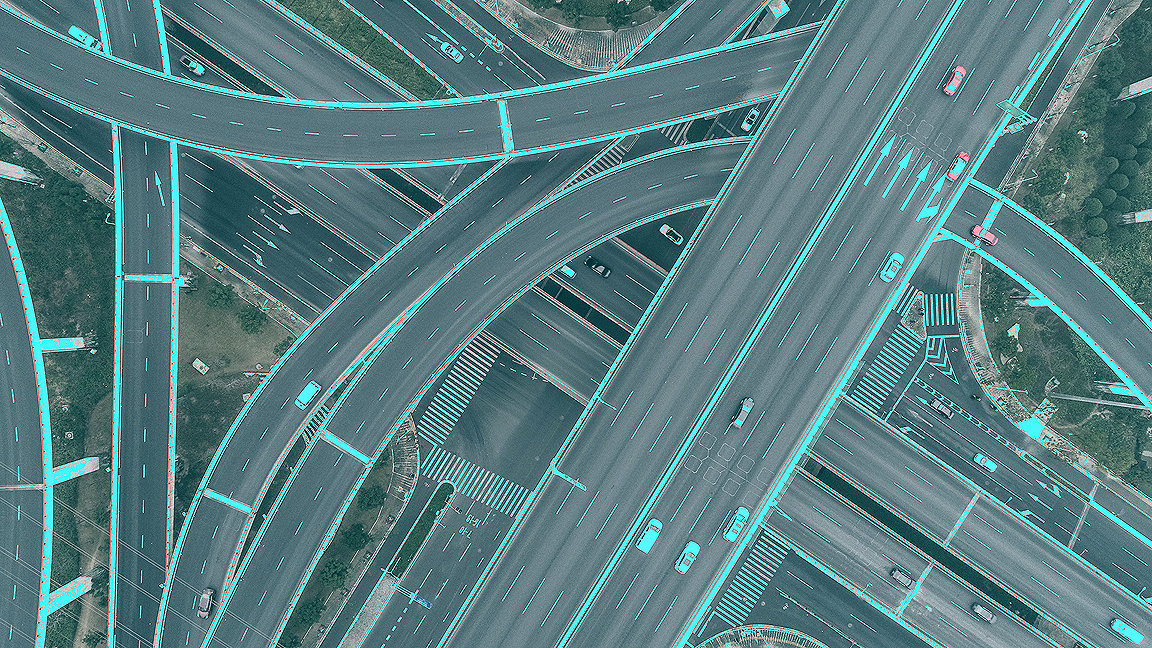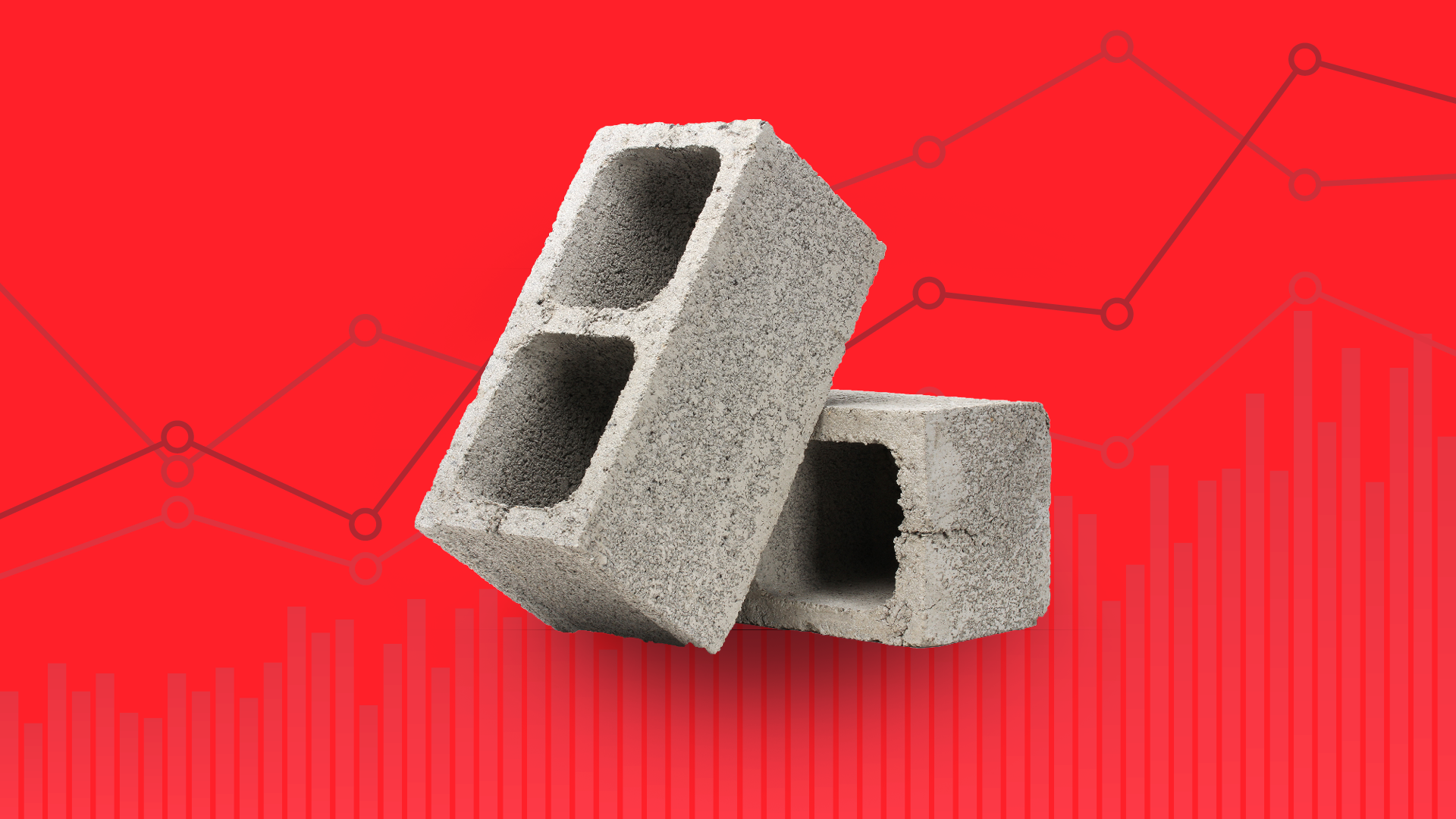
Between ships queuing to get in ports, truck driver shortages and fluctuating diesel prices, many countries are finding the logistics of transporting building materials to be a major headache.
Logistical difficulties are hampering a post-pandemic economic recovery, but the problems differ from one country to the next. Modus asks four experts around the world why they think getting construction materials where they need to be is such a challenge.
The UK needs more truck drivers
Jon Sleeman is director and head of UK and EMEA Industrial & Logistics Research at JLL. The UK has recently experienced fuel shortages largely due to a shortage of HGV drivers and has had one of the highest COVID-19 infection rates in Europe.
“We had record demand for Grade A warehouses last year and it has remained strong this year,” says Sleeman. “That’s largely come from e-commerce, but there are also lots of companies that want the space to hold more inventory because there is uncertainty in the supply chain. Filling warehouse jobs can be challenging but right now the big issue is meeting the rising demand for drivers.
“There’s been a shortage for quite a few years and it’s an ageing workforce. It’s not a very glamorous job, many people have dropped out partly because of pay, and then there’s the demanding hours and the conditions. A lot of the time, you’re out on the road and you sleep in your cab; showers at rest stops and so on can be quite poor compared with Europe. There are lots of people in the UK who have an HGV licence but only about half are driving professionally – we need to get them back.
“Years ago, some people were attracted to the job because they didn’t want to work in an office and they liked being on their own, on the road. But, nowadays, the industry is more regulated and drivers are closely monitored. If you were a person who wanted freedom, then the job is unrecognisable.
“The Road Haulage Association says that, because of COVID-19, 40,000 HGV driving tests didn’t take place, so there is a backlog of people who can’t get their licences. I think there was also a perfect storm because of Brexit. Last year, about 10-11% of our logistics workforce were EU nationals and a lot of those people were going to go to their home countries after Brexit at some point. But, when COVID-19 struck, they went much faster. There were about 20,000 EU-national drivers that left the UK and – compounded by other shortages – the sector now needs about 100,000 drivers.
All of those things have combined to make it a very difficult situation at the moment, which you can see in situations like the problems drivers are having with getting fuel.
“But it is a long-term issue – once you look past the pandemic and Brexit, it is about doing something to make the industry younger and more diverse. A few years ago people used to write articles about how driverless vehicles were going to solve the problem, but I don’t think that’s going to happen any time soon.”

"Years ago, some people were attracted to driving jobs because they they liked being on their own. Nowadays, drivers are closely monitored." Jon Sleeman
The price of goods in India is fluctuating
Shikha Shah Budhiraja MRICS is a director of Turner & Townsend, based in New Delhi, India. The country suffered a devastating COVID-19 surge in April and May 2021.
“The Indian construction industry accounts for 9% of our GDP and employs nearly 50m people,” says Budhiraja. “Most of India is experiencing increased demand in the construction sector, which in turn has increased the demand for raw materials and other resources. For the most part, COVID-19-related restrictions are easing and only a couple of states are still heavily affected by the pandemic, but we are still a long way from normalcy.
“Our immediate problem after the lockdown ended was a labour shortage. About 75% of our workforce are unskilled workers who had returned to their rural villages, but we also started to notice some material delays due to restricted border entry. So we considered materials that are locally available and people started to weigh up the advantage of these items against a long lead time [of imported materials]. Basic building materials are locally available in India, our imports generally take the form of service equipment, furniture and high-quality finishes. Prime Minister Modi has focused on producing these goods in India rather than being reliant on other countries and many companies have set up manufacturing units here now. That is definitely helping our economy and will reduce our dependence on imports.
“Goods here are mainly transported by road and the Diamond Quadrilateral rail network. For a year, logistics were a problem because almost every state had put in strict restrictions for crossing the borders. But these restrictions are no longer in place – although there are some protocols that have set in – and logistics are relatively easy now.
“Since October 2020, however, prices have been very unstable. For India specifically, currency fluctuations have been an issue and that has meant prices going up on freight, both internationally and within India because the price of diesel has risen [from Rs 65.78 per litre in December 2019 to Rs 89.87 per litre last month]. Our logistics are improving in terms of moving goods, but the costs are increasing. I think part of it is also unforeseen risk mitigation: companies are having to build that into their prices – they don’t know if they are going to be held up because of new restrictions or lockdowns.
“If we aren’t hit by a third wave this year, then we predict 60-70% of our pre-COVID-19 productivity. In terms of logistics, there are no constraints and there should be free movement of material at least within the country. A positive side to the pandemic is that due to stoppage of projects in the Middle East, about 2m skilled construction workers have returned to India.”

“Currency fluctuations have been an issue and that has meant prices going up on freight, both internationally and within India.” Shikha Shah Budhiraja MRICS
The US has neglected its transport infrastructure
James Swanston is the founder and CEO of the logistics software company Voyage Control, which has offices around the world, including in New York, Miami and Los Angeles. The US has had the highest recorded COVID-19 infections in the world.
“Some of the US’s challenges have been there for a long time,” says Swanston. “A major issue is road and rail infrastructure which hasn’t been maintained or invested in properly for years. I remember speaking on RICS panels on this five years ago – the US had got a D-rating by the ASCE and something crazy like 10% of all bridges were unroadworthy. Hopefully the infrastructure spending bill will alleviate that but you can’t build infrastructure quickly, it takes years and years, and if you can’t get the materials to start work on projects, that’s a problem.
“The second issue is the average age for a truck driver in the US is mid-to-late-50s. Long-haul trucking is not particularly attractive to a lot of people – if you’re away from home for weeks or even months, it’s not much fun. There are industry initiatives out there and there is the potential for better pay, however, in jurisdictions such as California, there is a legal battle between independent contractors and union labour, which is related to cases like truck drivers and Uber – are drivers independent contractors or do they have to become part of the union movement? That creates more uncertainty for people wanting to enter the workforce. But really, it’s not for want of jobs out there: people just don’t want to do it.
“Most construction firms have no idea what is going on in their supply chain. Before the pandemic there was talk of making supply chains more resilient but things kept rattling along. A very significant shock like COVID-19 has highlighted many of the underlying issues that previously seemed distant. Now, a lot of people we speak to are looking at alternative sources of procurement. The common story is that someone is trying to order something and instead of taking three weeks, it’s taking three months and that’s an acute problem in the construction industry.
“There is a literal traffic jam in southern California, caused by a historic high of 70 container ships backed up into the port of Los Angeles and Long Beach, mainly coming from China. On the other side we have problems with hauliers dropping off containers, which creates this massive blockage so the goods can’t move.
We’re not seeing any slowdown in the housing market - in my opinion, the only way the slowdown can come is if there aren’t the resources or staffing. It’s not going to be a lack of desire for more building projects, it’s going to be a lack of materials and personnel to deliver them.”

“A major issue is road and rail infrastructure which hasn’t been maintained or invested in properly for years.” James Swanston
New Zealand has ships queuing to get in
Zoë Bashforth MRICS is a senior quantity surveyor at WTP NZ Infrastructure. She works in Auckland, New Zealand. The country experienced a very strict lockdown in 2020 and has almost completely closed its borders; there have been several shorter or more local lockdowns since then.
“Being an island nation that is reliant on imports, we have definitely seen an impact on logistics since COVID-19, says Bashforth. “We are lucky that we produce our own timber, which is our key building material, but much of the rest has to come in from overseas. As soon as the pandemic hit, importing became more difficult and, as a small economy, our buying power is not significant.
“At first, everyone was terrified about the economy but, after the first lockdown, there was a housing boom, lots of building projects started up again and we saw price increases towards the end of 2020. We started receiving emails from suppliers saying plasterboard, fixings, everything was going up. One of my directors said he’s seen a 30% increase in polyethylene pipe prices in the past couple of months - contractors are asking for fluctuation clauses to be added to their contracts, which is understandable. We are hearing of people stockpiling, which is compounding the issue.
“We are receiving goods from China but India, because of the Delta variant, is far more difficult. One of our issues is that lots of boats are waiting to come into the ports and only so many port workers to land them. I’ve heard that there is literally a queue of ships waiting to come in. This is having knock-on effects in strange ways – my partner bought a new car a few months ago and he says it has gone up in value which is unheard of but there’s such a shortage of new vehicles coming in.
“Auckland is one of New Zealand’s three key ports, but it has been in lockdown [since mid-August], and it’s harder to get materials into the rest of the country from here. We are constructing a new waste-water facility in the south, the pumps are manufactured in Auckland but how are we going to get them down to where they need to be? Only some goods have exemptions to be moved around during a lockdown. I’m quite near a train line and I do hear freight trains moving along out there but not as often as I used to.”
Get Modus features sent straight to your inbox by signing up for the newsletter.

“As soon as the pandemic hit, importing became more difficult and, as a small economy, our buying power is not significant.” Zoë Bashforth MRICS

